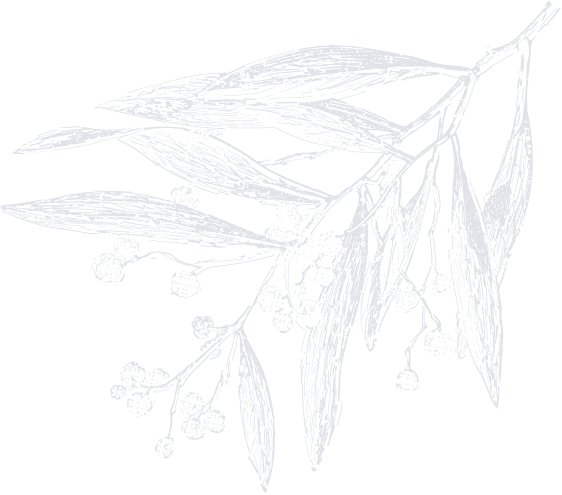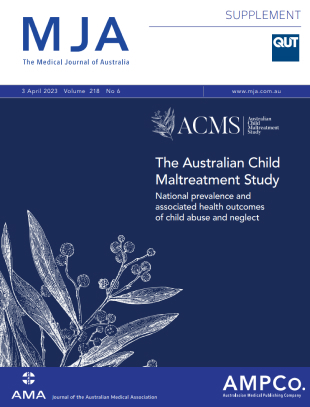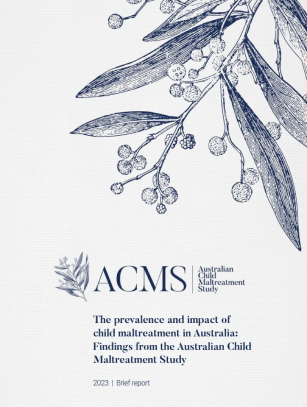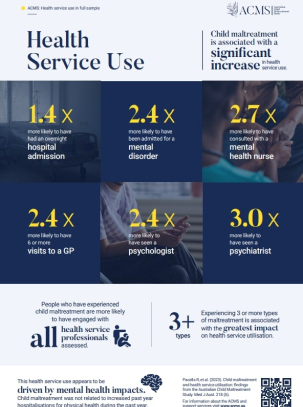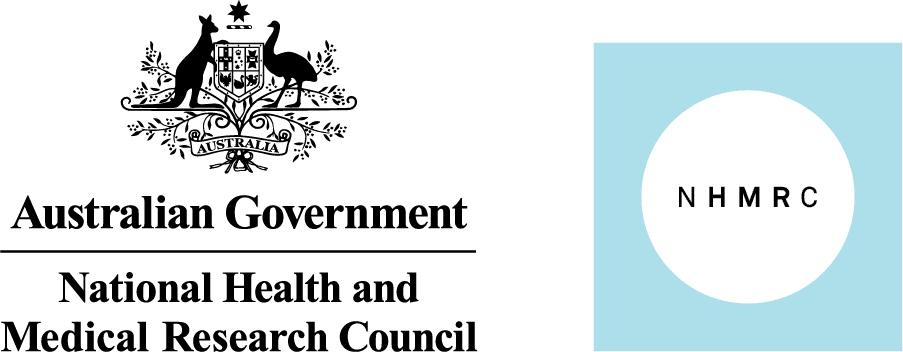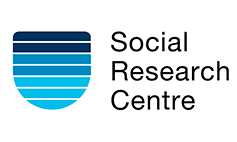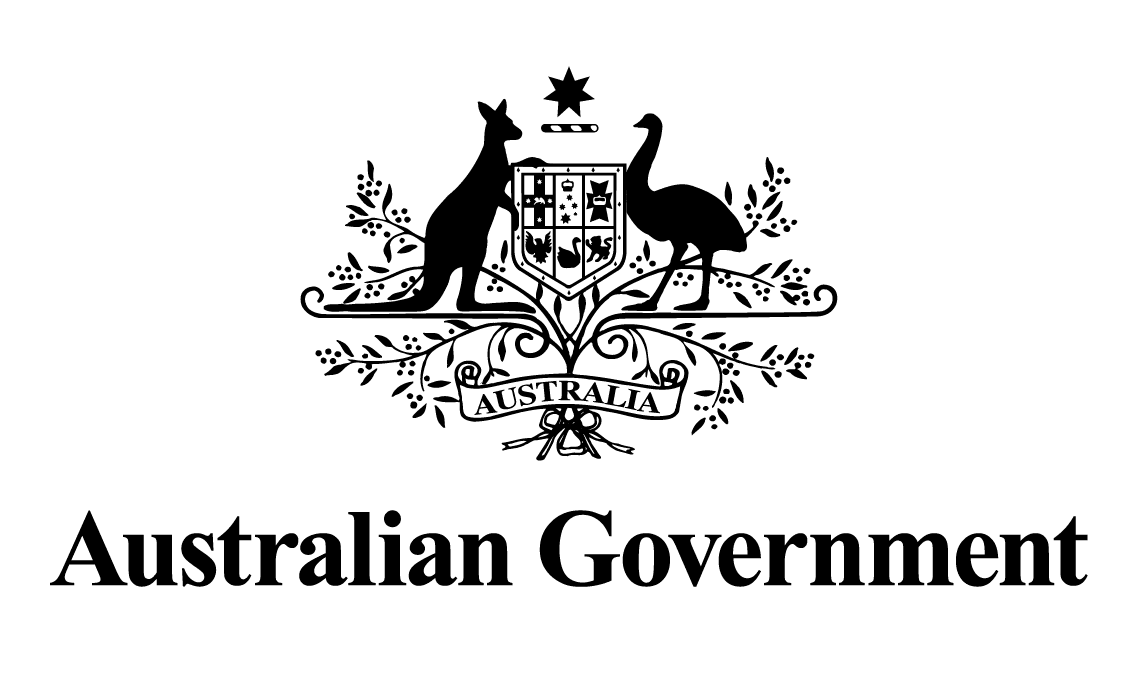On April 3rd, 2023 the Australian Child Maltreatment Study team published the primary outcomes of the study in a special supplement of the Medical Journal of Australia and in a report. We found a large percentage of Australians have experienced some form of child maltreatment.
Our findings also highlight that the harm associated with experiences of child maltreatment crystallise early, differences are evident by age 24, and appear to persist over life, with differences still being apparent in people 45 years and older.
The ACMS has found that Australians who experience maltreatment are substantially more likely to have
- mental health disorders
- health risk behaviours
- higher health service utilisation.
You can see our primary findings here.
VIEW MORE
These scientific findings were published in a special supplement of the Medical Journal of Australia, Australia’s leading medical journal.
The ACMS report provides a layperson summary of key findings and a series of infographics have been created for sharing with those interested.
These are landmark findings for our nation. They are the first national prevalence estimates of the five types of child maltreatment and associated impacts generated in Australia.
The findings are deeply sobering. Child maltreatment is widespread in Australia and associated with early and persistent harm.
Across the Australian population (ages 16-65+) we found:
experienced
physical abuse
experienced
sexual abuse
experienced
emotional abuse
experienced
neglect
experienced exposure
to domestic violence
About the ACMS
The Australian Child Maltreatment Study (ACMS) is a landmark Australian study of the prevalence of child maltreatment. We have generated essential data on how many Australians have experienced each of the five types of child maltreatment (physical abuse, sexual abuse, emotional abuse, neglect, and exposure to domestic violence). The findings are already informing policy and practice reforms to reduce child abuse and neglect in Australia.
The study is also important globally as it is one of the most comprehensive studies on child maltreatment ever conducted. The ACMS surveyed just over 8500 Australians aged 16 years and over to determine how many Australian people have experienced child abuse and neglect. However, it extended beyond basic prevalence by also examining associations with a range of physical and mental health outcomes as well as the burden of disease.
More about the study

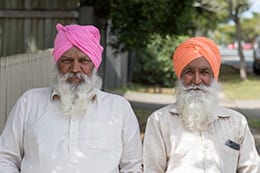



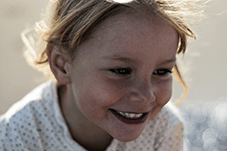



Impact Of
Child
Maltreatment
ACMS findings have highlighted the early and ongoing harm associated with child maltreatment in Australia. Our findings show the influence of child maltreatment extends far beyond childhood and can persists across the life. Our data shows Australians who experience childhood maltreatment (physical abuse, sexual abuse, emotional abuse, neglect, and exposure to domestic violence) are substantially more likely to have a mental disorder, engage in health risk behaviours and to have high health service utilisation.
The relationship between maltreatment experiences and these outcomes is complex and may be influenced by numerous factors. We found emotional abuse, sexual abuse and multi-type maltreatment (where an individual experiences more than one different type of maltreatment) are associated with the worst outcomes. This highlights that while it is essential to reduce all types of maltreatment the reduction of these types in particular is especially important.
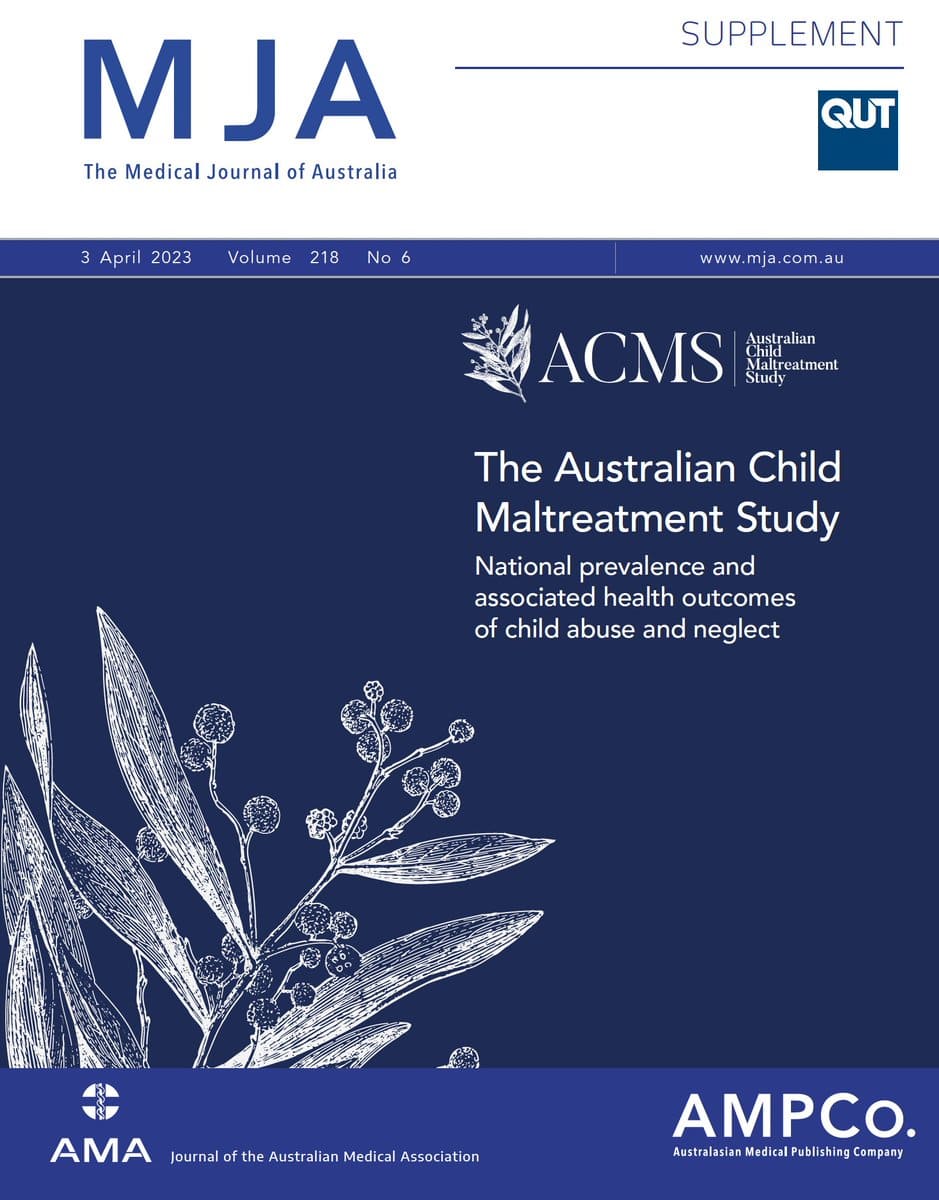
Our partners
The ACMS is proud to partner with the National Health and Medical Research Council, The Social Research Centre, and the Australian Government on this important project. For more information about our partners please click here.
